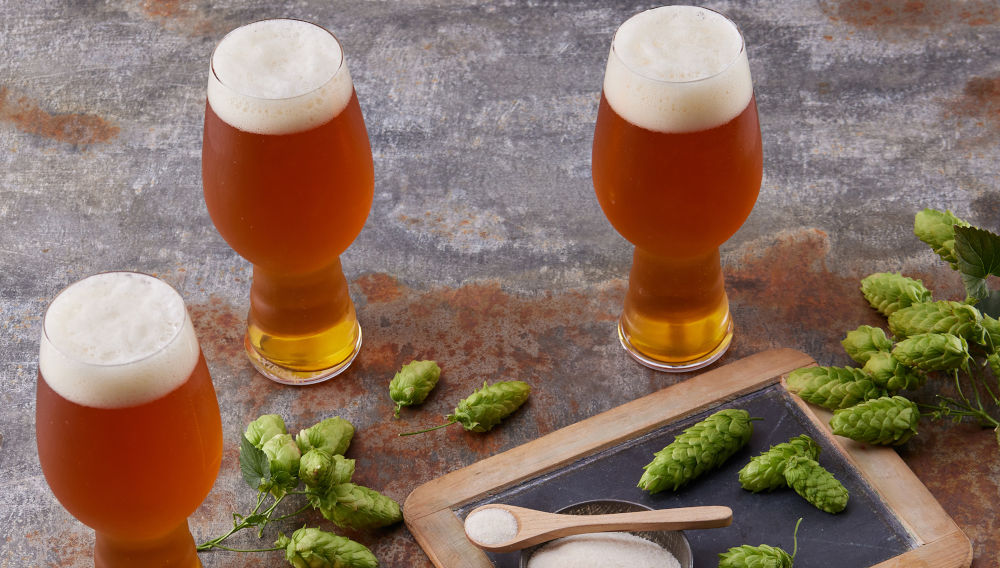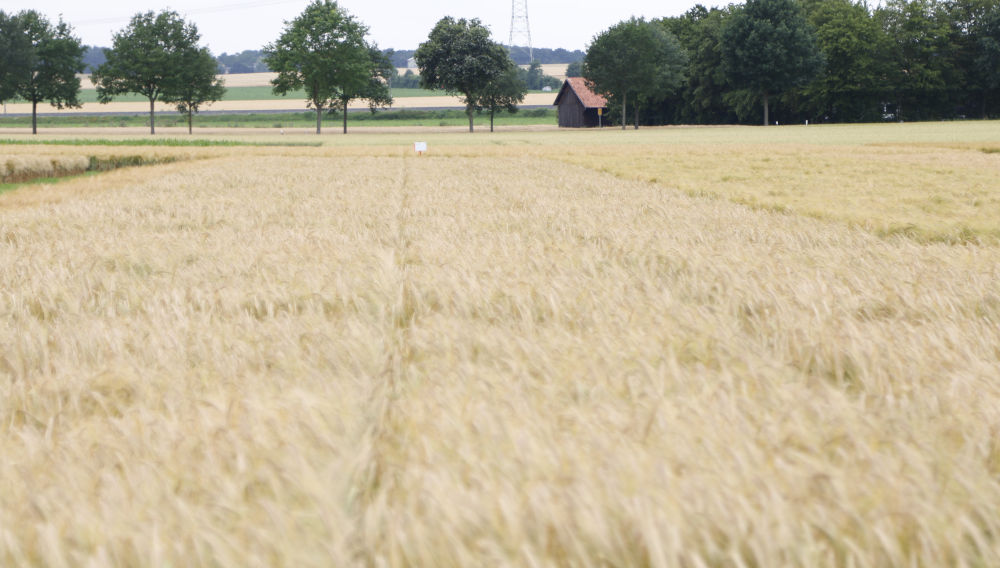Yakima Chief Hops | Yakima Chief Hops (YCH), a 100% farmer-owned global hop supplier, is pleased to announce the pre-sale of their 5th Annual Pink Boots Blend in partnership with Pink Boots Society (PBS). PBS is an international nonprofit with a mission to assist, inspire, and encourage women in the fermented and alcoholic beverage industry.
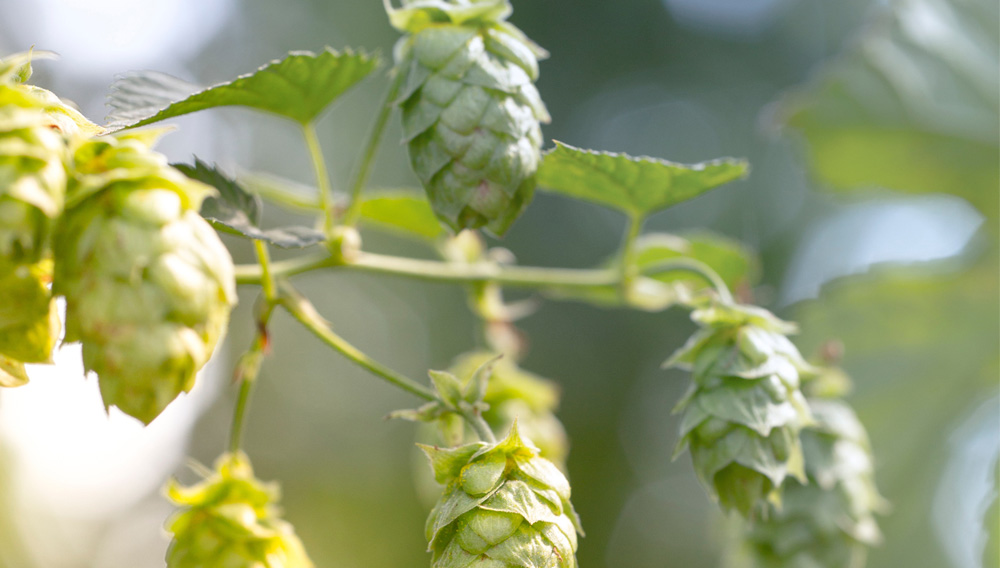
Aging behavior | During experimental trials conducted to assess the reproducibility of the 2 hl pilot brewery at Hopfenveredlung St. Johann GmbH, it was determined that a number of hop aroma compounds were transferred from hops to beer. Subsequently, the behavior of these compounds in the finished beer over the course of aging was investigated [1].
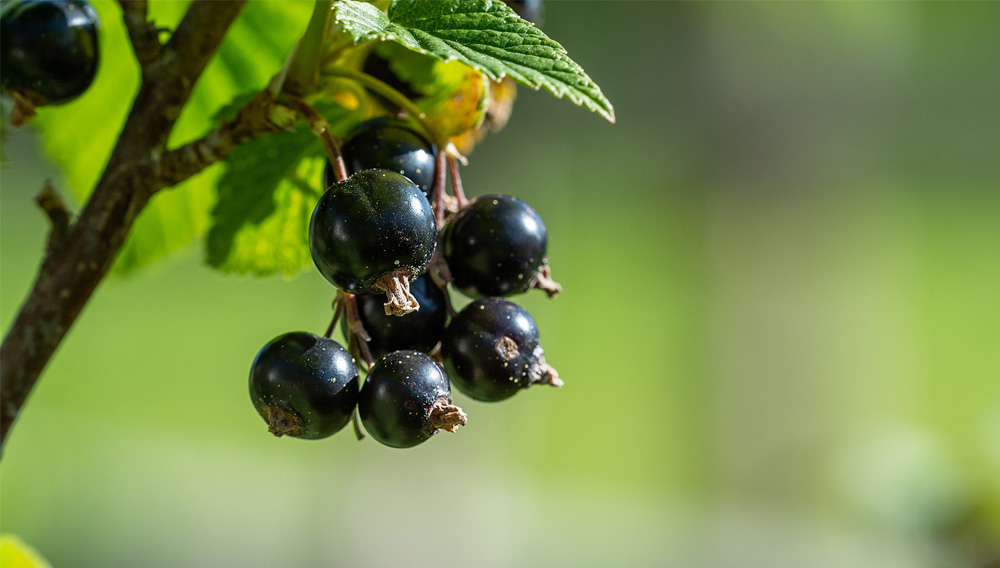
Transfer of aroma substances | In search of a characteristic hop aroma in dry hopped beers, the potential of the hop variety Eureka! was investigated in more detail in brewing tests. This investigation focused on time-dependent transfer of selected hop components.

Wet milling | The malting and the brewing industries are in a constant need of saving money, energy and lowering their carbon footprint. What if maltsters could skip the most energy consuming step of nowadays malt production, i.e. the kilning process? And what if brewers had a workable process to mill the green malt? This article presents an introduction to brewing with green malt with an innovative wet milling system comprising two sequential mills, the first being used for cutting and the second for crushing.
Malting barley report | In addition to a smaller acreage of spring barley in Europe, there are now heterogeneous harvest results. Prices are showing a firm trend.

Single rest | Interest in reduced-alcohol and alcohol-free beers is growing. Can they also be produced by craft brewers? The authors describe a simple, isothermal mashing process in which temperature is maintained constant at 72 °C for 120 minutes. Using different malt mixes, original gravities will range from 10.6 to 12.1 °P. The alcohol content of the finished beer is between 1.9 and 3.5 per cent ABV and, when adding Saccharomycodes ludwigii, about 1 per cent ABV.
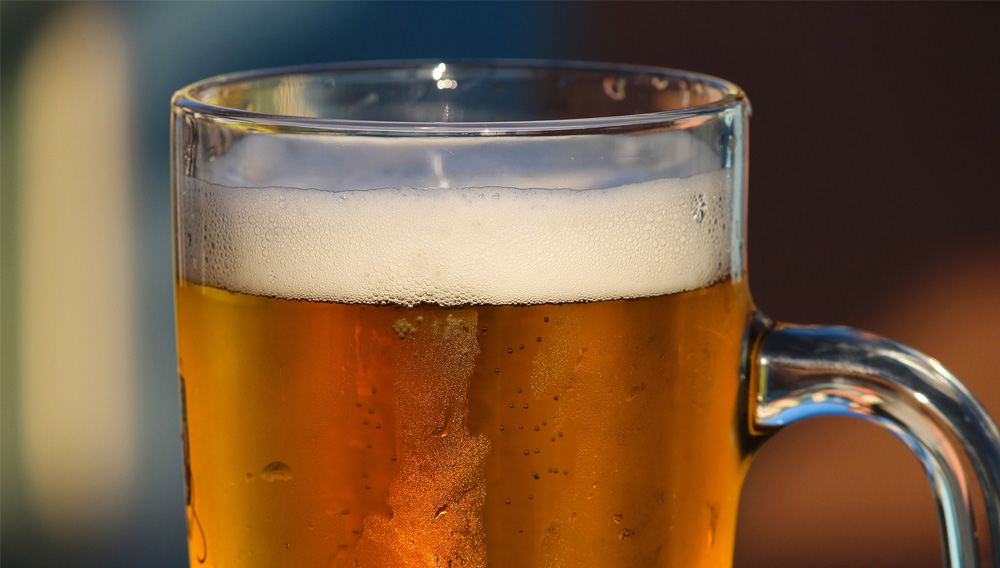
Beer color values in comparison | This is the last part in a three-part series of articles about beer color. Part 1 examined the evolution of color measurements of finished beers [1]. Part 2 outlined the logic behind five popular, malt-based, mathematical color predictors that are commonly used throughout the world at the recipe design stage [2]. Finally, this article looks at three beers brewed specifically for this study to evaluate the saliency and precision of the formulae presented in part 2 by comparing their predictions to actual laboratory color measurements.
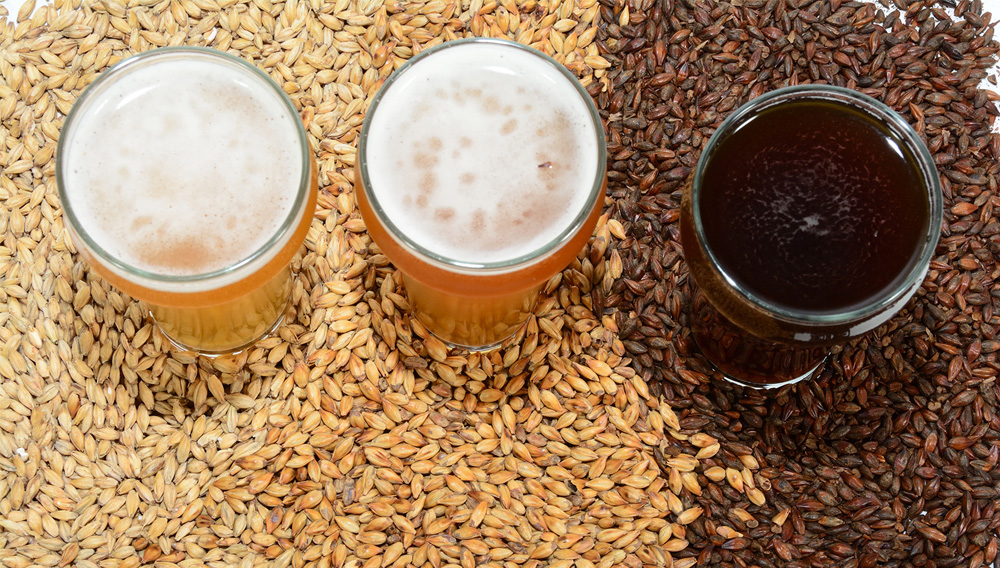
From taproom to retail | With over 8000 craft and independent breweries now in the US, and macro brewers attempting to protect their market share, the growth in competing beer brands has exceeded the growth in consumer dollars available to purchase them. Resulting financial pressures, exacerbated by the effects of COVID-19 and the waning novelty of craft beers, have forced many microbreweries to shut down. However, more retailers now offer craft beers to their customers alongside macro brews, giving savvy microbreweries an opportunity to move into retail sales. The process that produced a hundred barrels will require a radical upgrade to produce thousands of barrels, including new methods of moving bulk ingredients to and from each step of the brewing process.

The new -omics technologies | Over the last few decades, we have all experienced the benefits of increased computer power, either in our daily lives or at work. The sheer volume of data that can be generated has also required increased storage capacity and new cloud-based applications. Blessing or curse, the reality is: we rely on these on a daily basis. Even in the malting and brewing industries, we are facing ever-increasing amounts of data, requests for more data, and faster access. The growth in data is down to a number of technologies such as metabolomics and proteomics which can provide data on hundreds to thousands of compounds. This review is a helicopter view of these two technologies being used to profile raw materials, brewing, and beer quality in extraordinary detail.

Quality assurance | Dry hopping has become an essential technique in beer brewing, designed to create the aroma of a beer and to produce pronounced, typical beer styles. This excerpt from an extensive research project provides some insight into the chemical-physical changes associated with dry hopping.
On 17 December 2021, the 11th Hop Special will be published in BrewingScience. Manuscripts can be submitted as of now, editorial deadline is 17 September 2021.

